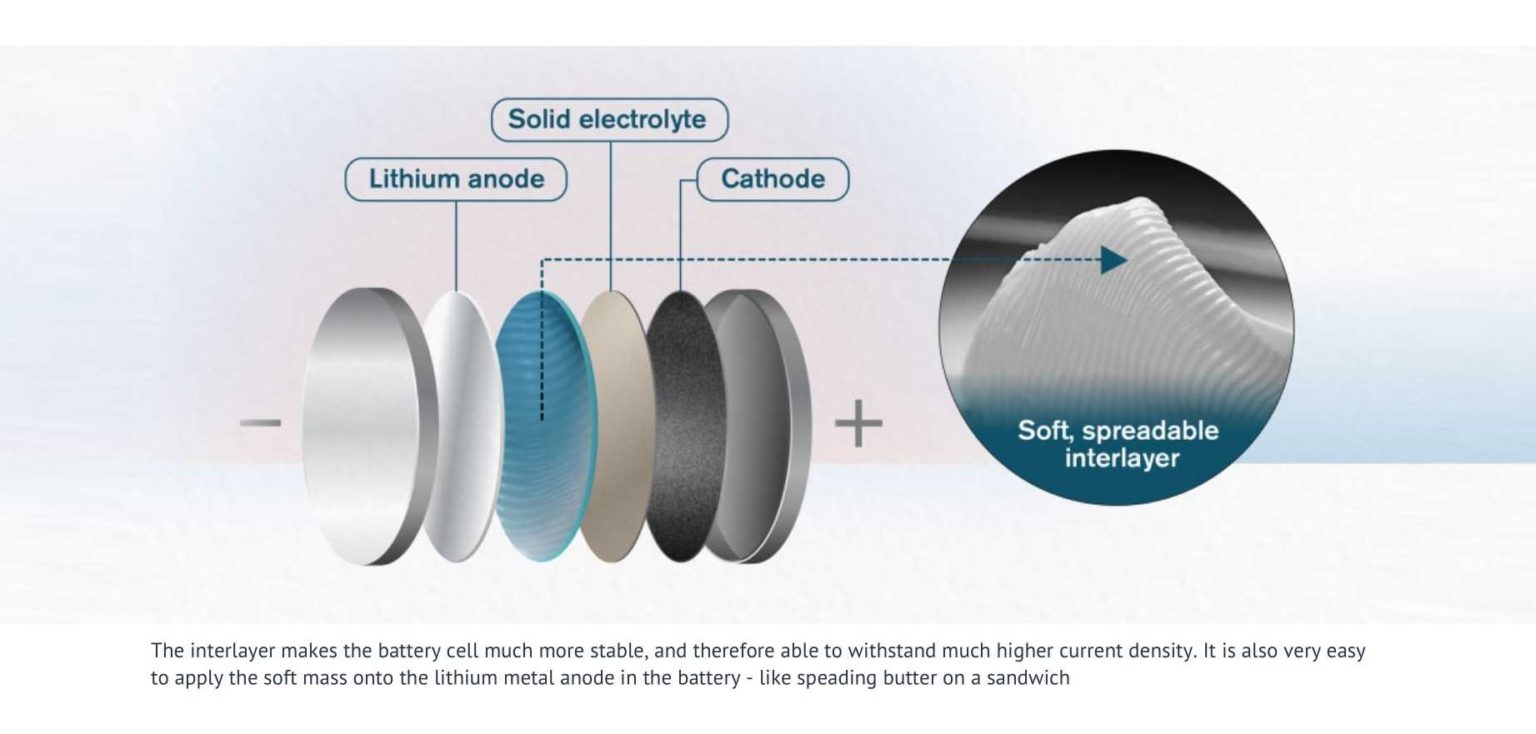According to the estimates of numerous automobile manufacturers, by the middle of the decade, a new type of batteries will hit the market that will completely revolutionize the sector: solid electrolyte batteries. They will have advantages such as higher energy density, superior safety, the possibility of charging at higher powers, and a lower price.
Now, a study published in Advanced Functional Materials presents an evolution of this technology. Introducing a material of consistency similar to butter (formed by the combination of an ionic liquid electrolyte and nanoparticles LAGP -Li1.5A10.5Ge1.5 (PO4 ) 3-). Between the solid electrolyte (made of NASICON) and the lithium anode, is possible to increase the stability, also improving the current density by 10.
NASICON is the acronym for Sodium (Na) Super Ionic CONductor which is currently one of the most promising solid electrolytes for the future because its conductivity is similar to that of liquid electrolytes. However, this material does not work well with a lithium anode because when they are in direct contact, the interface is chemically unstable.
Given this, the Chalmers University of Technology, Xi’an Jiaotong University, the Technical University of Denmark and the National University of Defense Technology have collaborated to develop the previously described intermediate layer. This manages to stabilize the battery, also improving other aspects, such as the prevention of thermal leakage at elevated temperatures (300ºC).
The big problem with this technology is that the interface could make batteries more expensive to produce. Despite everything, the results are promising. Professor Aleksandar Matic, from the Chalmers Department of Physics, says that solid electrolyte batteries will be on sale in just five years.

